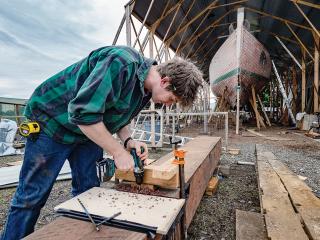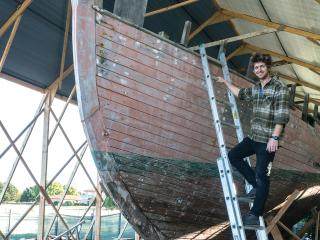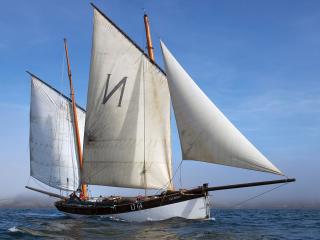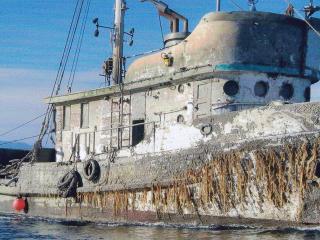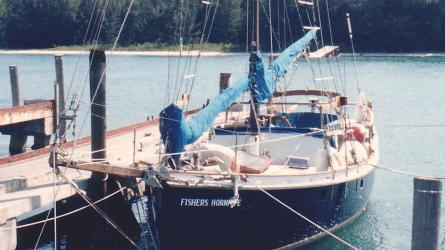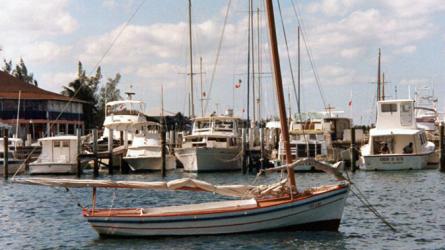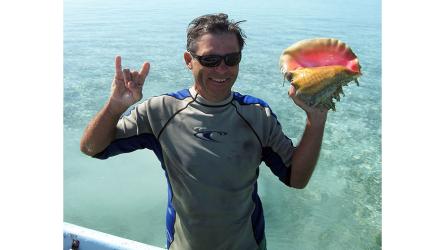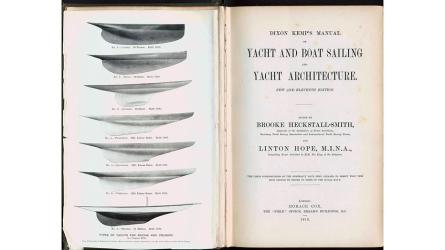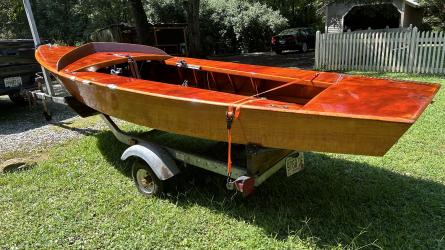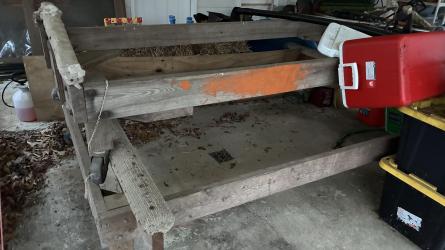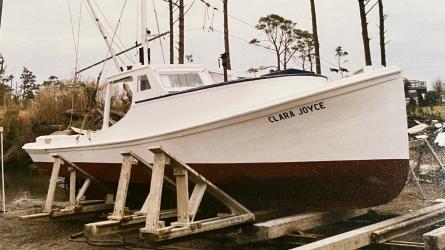March / April 2019
A Century of S-boats
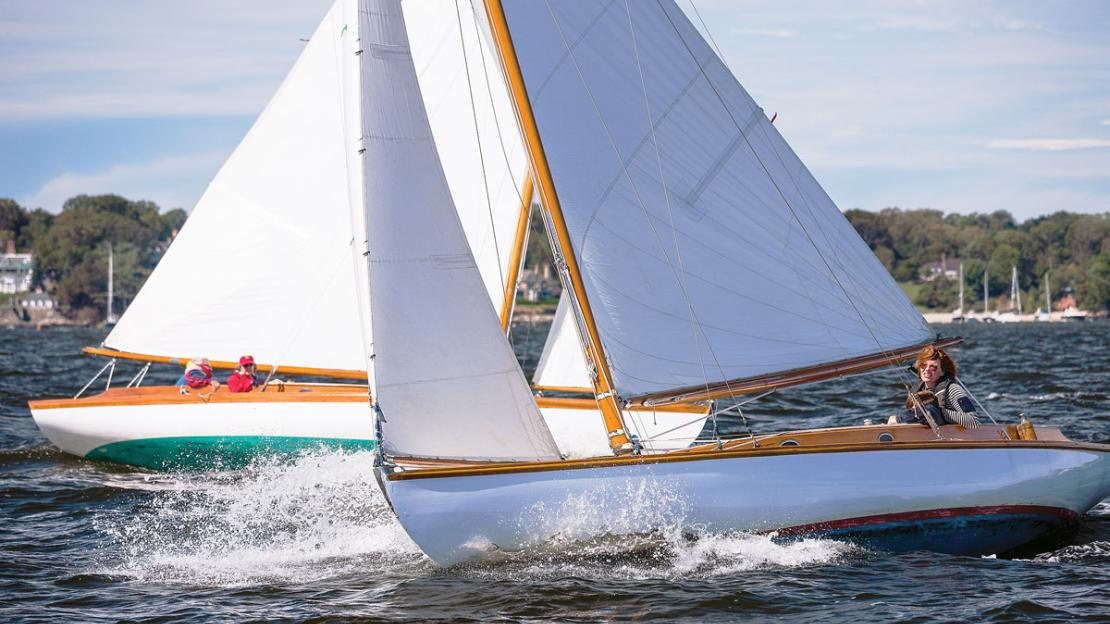
The western Long Island Sound S-boat fleet is active at several New York clubs, including Larchmont, Indian Harbor, and Horseshoe Harbor.
The first boats of the Herreshoff S class were ordered in late 1919, and as the design enters its 100th year, S-boats remain incredibly fun to sail. With an immense mainsail, tall spruce mast, and 3,350-lb lead ballast keel, these boats can drive confidently through 30-knot winds or sail circles around more modern boats in light zephyrs. They have retained their 1919 rigs and can be demanding to maneuver at the start of a race. It is not unusual to have a crew of five tending the mainsheet, jibsheet, spinnaker sheets, running backstays, adjustable forestay, and helm.
The individual S-boats are amazingly equal in speed. This often makes for a thrilling final leg of the course as boats approach the finish line only seconds apart after sailing a three-hour race. The low freeboard amplifies the sensation of speed through the water. In a stiff breeze, the rail is often buried, but the rig can be depowered by spilling wind with the bendy mast controlled with an adjustable headstay and flattening the sail with the Cunningham and outhaul. The heavy ballast keel and crew on the rail serve to hold a stable angle of heel on the gustiest of days.
Jibing an S-boat in a breeze can be an adventure—especially with the spinnaker up. From the moment the helmsman hauls the tiller to windward hailing “Jibe-ho,” the crew responds with efficient precision. The 18'-long boom must be trimmed with utmost control. The boat cannot be allowed to broach—a feat rendered more difficult by the absence of a vang. The boom sweeps closely over the cabintop, so crew pass forward of the mast from one side deck to the other. The leeward running backstay must be trimmed before the boom comes all the way over or the hollow mast may snap like a toothpick. At the same time, the windward running backstay must be eased forward to keep it from interfering with the swinging boom. Meanwhile, the crew in the cockpit is trimming the spinnaker guy and sheet as the bowman works to jibe the pole on the foredeck. An unpracticed crew will at best lose a few boat lengths during such a maneuver, and at worst lose a mast.
It is remarkable that, after a century, more than half of the original S-boats are still sailing and racing. This speaks not only to the conscientious stewardship of the owners, but also to the skilled shipwrights who have restored and maintained the boats. But the class’s long-term success is due, ultimately, to Nathanael Herreshoff’s unrivaled eye for design, and the S-boat’s suitability for the wide range of conditions in which it continues to sail. Substantial fleets of these one-design racers are still active in three regions: Long Island Sound, Buzzards Bay, and Narragansett Bay.
To read the rest of this article:
Click the button below to log into your Digital Issue Access account.
No digital access? Subscribe or upgrade to a WoodenBoat Digital Subscription and finish reading this article as well as every article we have published for the past 50+ years.
ACCESS TO EXPERIENCE
Subscribe Today
1 YEAR SUBSCRIPTION (6 ISSUES)
PLUS ACCESS TO MORE THAN 300 DIGITAL BACK ISSUES
DIGITAL $29.00
PRINT+DIGITAL $42.95
Subscribe
To read articles from previous issues, you can purchase the issue at The WoodenBoat Store link below.
 Purchase this issue from
Purchase this issue from
